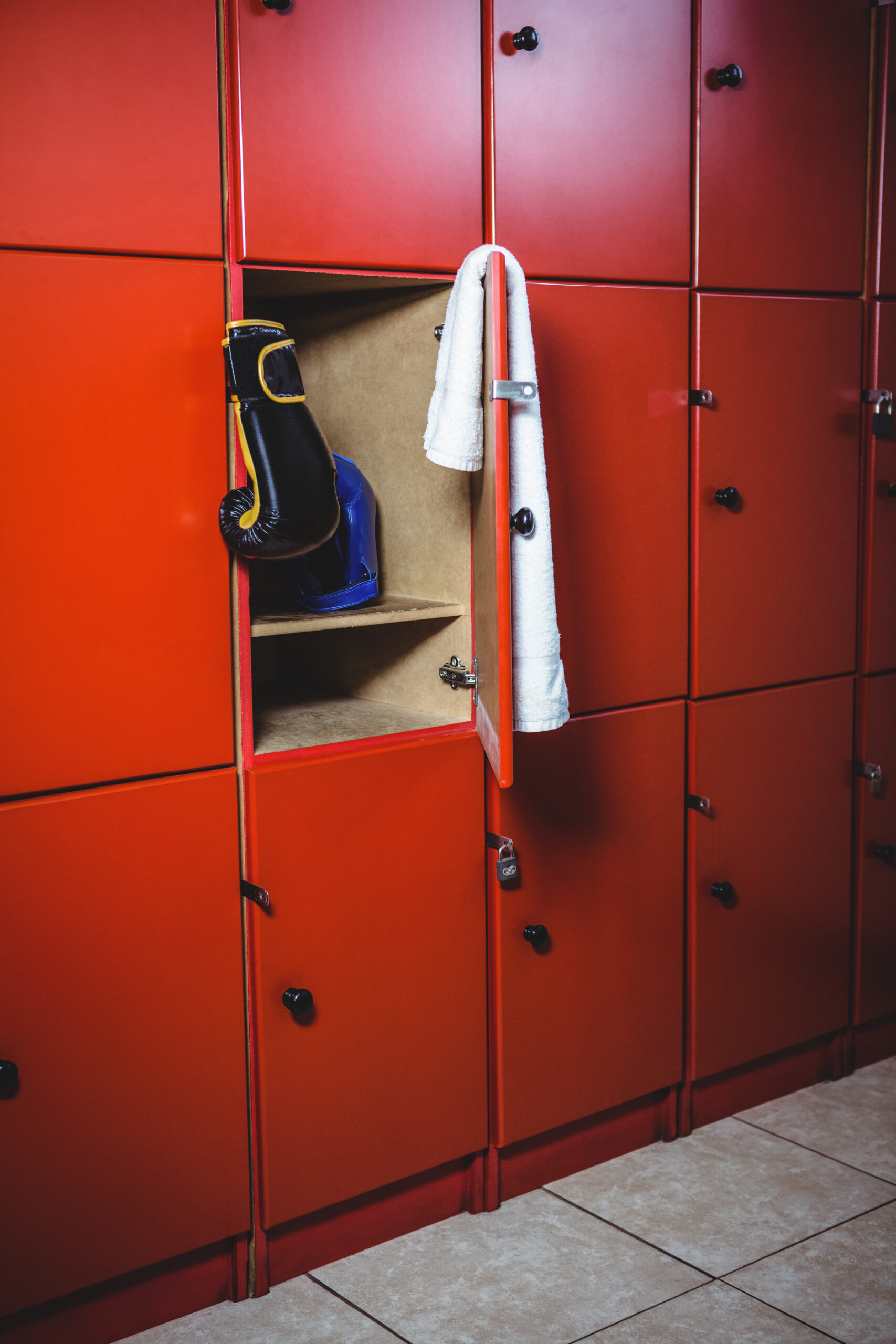Why Hygiene, Maintenance, and Welfare Areas Matter in Food and Beverage Facilities
— And How CFIA’s SFCR Regulations Tie It All Together
When we talk about food safety, most people immediately think of production lines, HACCP plans, or pathogen testing. But there’s a less glamorous — yet equally critical — component to every food and beverage facility: welfare areas.
These include restrooms, locker rooms, handwashing stations, lunch/break rooms, and even designated smoking areas. According to the Safe Food for Canadians Regulations (SFCR) and recognized food safety standards, the condition, location, and maintenance of welfare areas can directly impact food safety.
At Assured Food Safety Consulting, we help facilities understand not only what needs to be done, but why it matters.
What Are Welfare Areas — and Why Are They Important?
Welfare areas are spaces designed for the comfort, hygiene, and personal needs of employees. They may not be directly connected to food processing, but they create the foundation for a clean and controlled environment.
Poorly maintained or unsanitary welfare areas can lead to:
- Cross-contamination (e.g., dirty hands re-entering production areas)
- Spread of allergens
- Employee illness or absenteeism
- CFIA non-compliance
🔧 Hygiene and Maintenance: The Basics That Shouldn’t Be Overlooked
CFIA’s SFCR Section 50–53 (Part 4: Preventive Controls) clearly outlines the importance of maintaining hygienic and sanitary conditions throughout all areas of a food establishment, including:
- Handwashing Stations
- Adequate number, easily accessible, stocked with soap and paper towels.
- Proper signage to remind employees of hand hygiene.
- Hot/Cold Water
- Restrooms
- Should be located away from food handling areas.
- Regularly cleaned and disinfected.
- Functioning toilets and proper ventilation are a must.
- Locker & Changing Areas
- Lockers should be kept clean and personal items separated from workwear.
- Uniforms and PPE should not be worn outside the facility or into restrooms.
- Break Rooms
- Food or beverages consumed in these areas should not contaminate production zones.
- Waste disposal and pest control should be monitored regularly.
How CFIA SFCR Ties in Through Prerequisite Programs
Under SFCR Section 53 (Preventive Control Plans), facilities must implement Prerequisite Programs (PRPs) as a base for effective HACCP. PRPs cover:
- Personnel hygiene
- Sanitation and pest control
- Premises and facilities maintenance
- Employee training
- Waste management
A solid PRP outlines how welfare areas are:
- Designed and located to prevent cross-contamination.
- Maintained in a clean and sanitary condition.
- Equipped and stocked with required hygiene supplies.
- Cleaned according to a written sanitation schedule.
⚠Common Mistakes We See During Audits
At Assured Food Safety Consulting, we’ve helped dozens of facilities get audit-ready. Some recurring gaps in welfare area management include:
- No documented cleaning schedule for restrooms or lunch areas.
- Staff changing in production zones.
- Lack of allergen awareness in shared eating spaces.
- Damaged or insufficient handwashing facilities.
- Missing PPE storage policies.
✅ Tips to Stay Compliant and Food-Safe
- Conduct a GMP inspection of welfare areas at least weekly.
- Train staff on the importance of personal hygiene and how it connects to food safety.
- Post visual SOPs (Standard Operating Procedures) for handwashing and changing protocols.
- Include welfare area checks in your internal audit program.
- Maintain proper lighting, ventilation, and pest control in these spaces.
Final Thoughts
Food safety isn’t confined to the production floor. The way you maintain welfare areas reflects your overall food safety culture. By integrating hygiene, maintenance, and proper layout of welfare areas into your Preventive Control Plan and following CFIA’s SFCR guidelines, you’re not just ticking boxes — you’re protecting your brand, your product, and your people.
Pro Tip: Hire a Food Safety Consultant
Meeting CFIA requirements can be a complex process, but hiring a food safety consultant can make it much easier. A qualified consultant brings expertise and experience to the table, helping you navigate regulatory requirements and ensuring that your facility meets all the necessary standards. They can assist with writing and implementing your PCP plan, guide you through CFIA inspections, and provide ongoing support to maintain compliance. By investing in a consultant, you can save time, avoid costly mistakes, and achieve certification faster.
Assured Food Safety Consulting’s certified SQF Consultant and Lead HACCP instructors have been helping food businesses since 2022. We provide food safety plan creation services and Import/CFIA/HACCP/GFSI training services. If you require assistance with your PCP plan, HACCP plan or SQF program, Contact us at tania@assuredfoodsafety.ca to request a quote- we’re here to support your success, from restrooms to records.


